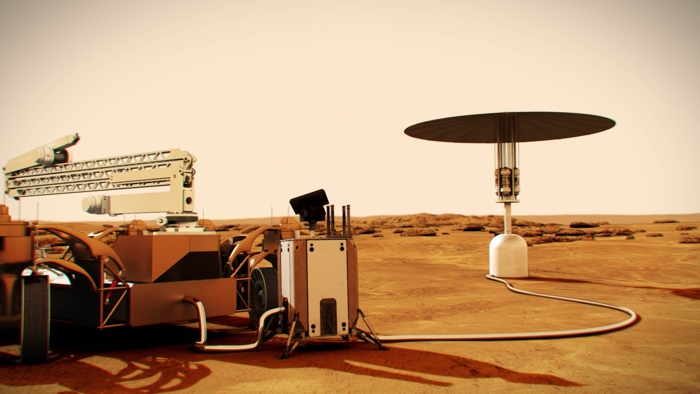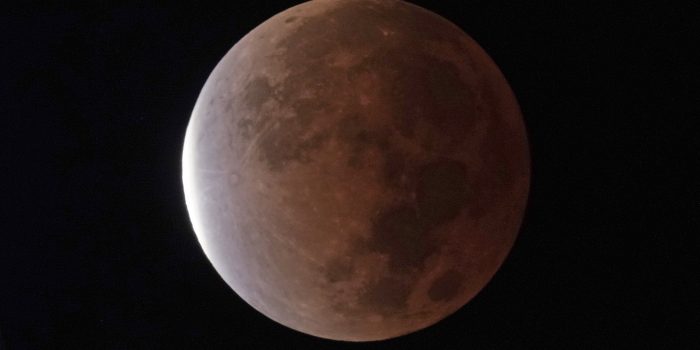By virtue of the NASA-led Artemis program, astronauts will soon be heading towards the moon once again in 2024. However, this time they plan to stay for long, and for this, they need a source of power.
NASA has always considered nuclear fission as the most practical power option for future astronaut colonies, and now they are working towards its physical manifestation.
“Plentiful energy will be key to future space exploration,” says Jim Reuter, associate administrator for NASA’s Space Technology Mission Directorate (STMD).
NASA will be working on the project with the US Department of Energy (DOE). They are now looking for industries to bring innovative designs for the plant to be built on the moon.

The agency is looking to build a small, lightweight fission system that can work on a lunar lander. The agency believes that it will be able to give 10 kilowatts of electrical power, which would be enough to cater demands of several average households. However, the usage of this power would be different and more scientific than the usage of power on earth.
It is estimated that the plant will need to produce at least 40 kilowatts of energy that can power 30 households for up to 10 years. Furthermore, it must have scalable functionality so it can further facilitate the colonization of Mars which is one of the end goals of this program.
NASA and DOE have had some Kilopower prototypes in previous experiments but setting something like this up on the moon is not in a practical stage right now.

The design proposals will be entertained till February 2022 and will provide a plan for a 12-month period.
“The feedback and enthusiasm we continue to see for space nuclear power systems has been very exciting, and understandably so,” says senior engineer Sebastian Corbisiero, the Fission Surface Power Project lead at the DOE’s Idaho National Laboratory.
“Providing a reliable, high-power system on the Moon is a vital next step in human space exploration, and achieving it is within our grasp.”


